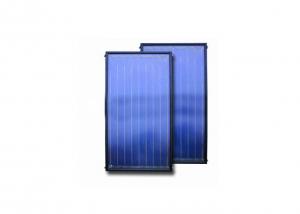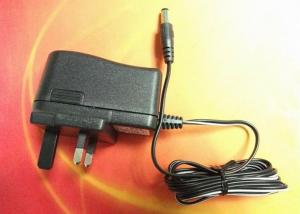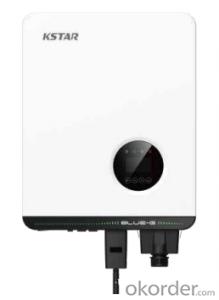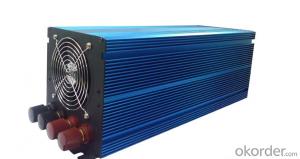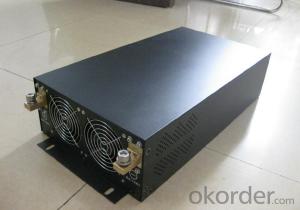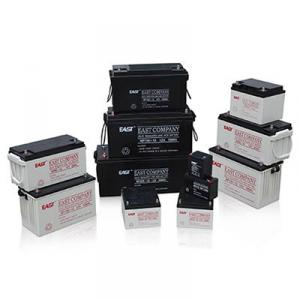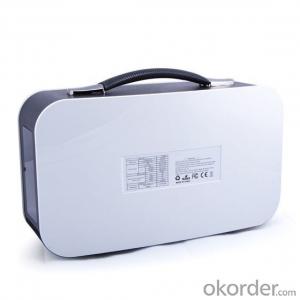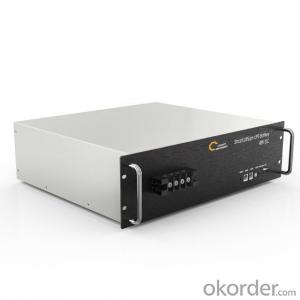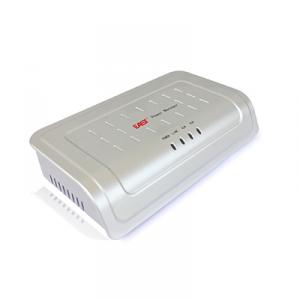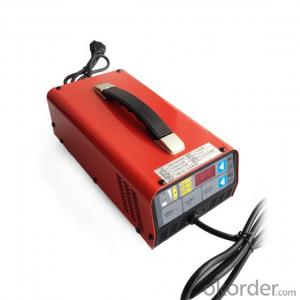Uk Solar Inverter
Uk Solar Inverter Related Searches
Solar Edge Inverter Uk Best Hybrid Solar Inverter Uk Solar Solar Inverter Solar Inverter In Uae Germany Solar Inverter Solar Inverter Turkey Smart Inverter Solar Smart Solar Inverter Sun Solar Inverter Solar Smart Inverter Solar Electric Inverter Solar Inverter Italy Japanese Solar Inverter Inverter Solar Solar Converter Inverter Power Solar Inverter Solar Battery Inverter Home Solar Inverter Buy Solar Inverter Mac Solar Inverter Inverter Solar Pty Ltd Battery Solar Inverter Outdoor Solar Inverter Inverter For Solar Ul Listed Solar Inverter Poland Solar Inverter Power Inverter Solar Chinese Solar Inverter Utl Solar Inverter Sunshine Solar InverterUk Solar Inverter Supplier & Manufacturer from China
UK Solar Inverter is a range of products designed to convert the energy generated by solar panels into usable electricity for homes and businesses. These inverters play a crucial role in the solar power system, ensuring that the electricity produced is compatible with the grid or for direct use by appliances. They come in various types, such as string inverters, micro-inverters, and central inverters, each catering to different solar installation needs.The application of UK Solar Inverter spans across residential, commercial, and industrial sectors, where they are used to harness the power of the sun and reduce reliance on traditional energy sources. These inverters are essential in optimizing the performance of solar panels, ensuring maximum energy output and efficiency. They are also used in off-grid systems, where they help store excess energy in batteries for later use.
Okorder.com is a reputable wholesale supplier of UK Solar Inverter, offering a vast inventory of high-quality products to cater to the growing demand for renewable energy solutions. With a commitment to customer satisfaction, Okorder.com ensures that customers have access to a wide range of solar inverters at competitive prices, making it easier for individuals and businesses to adopt solar energy and contribute to a greener future.
Hot Products



